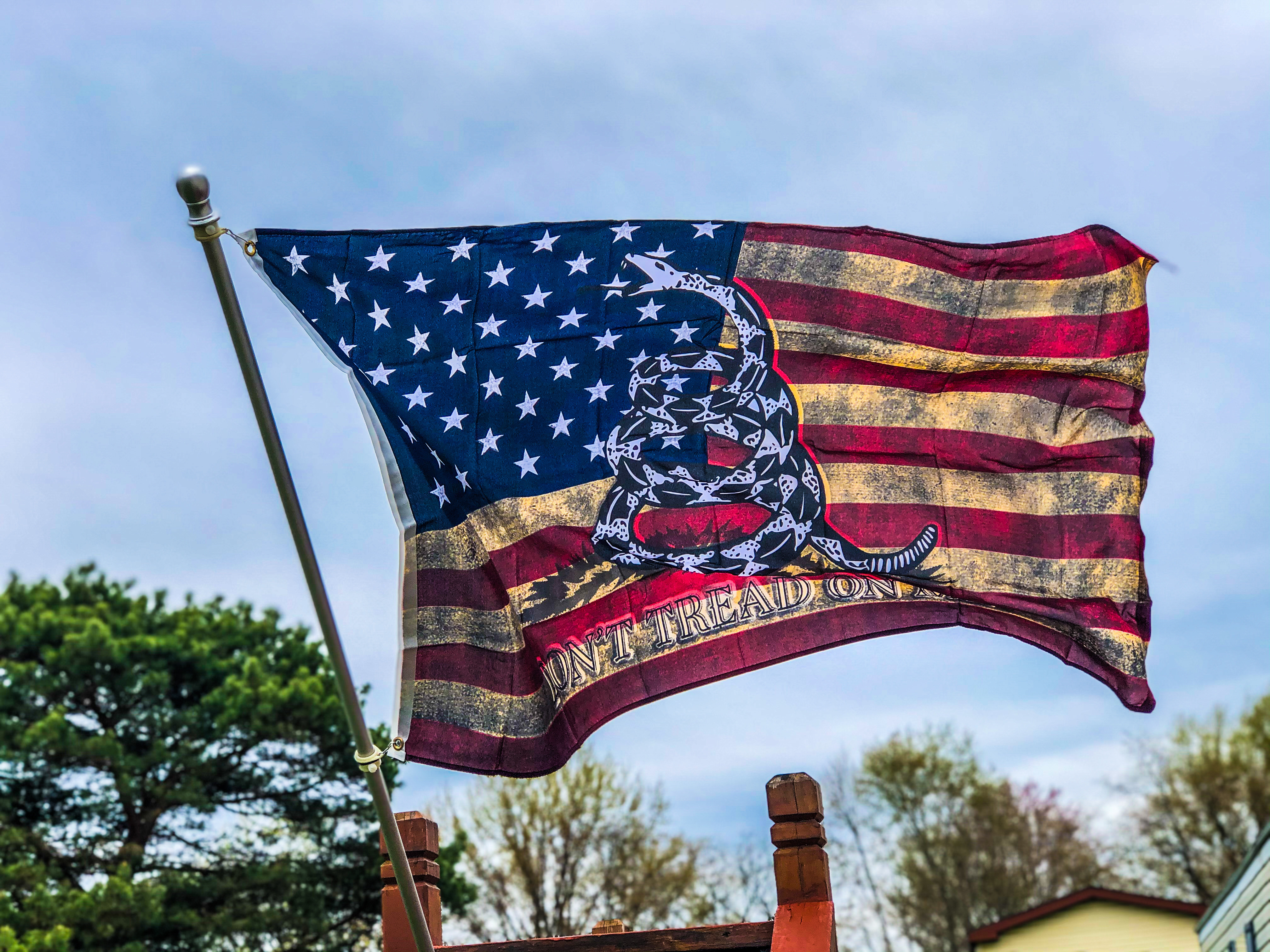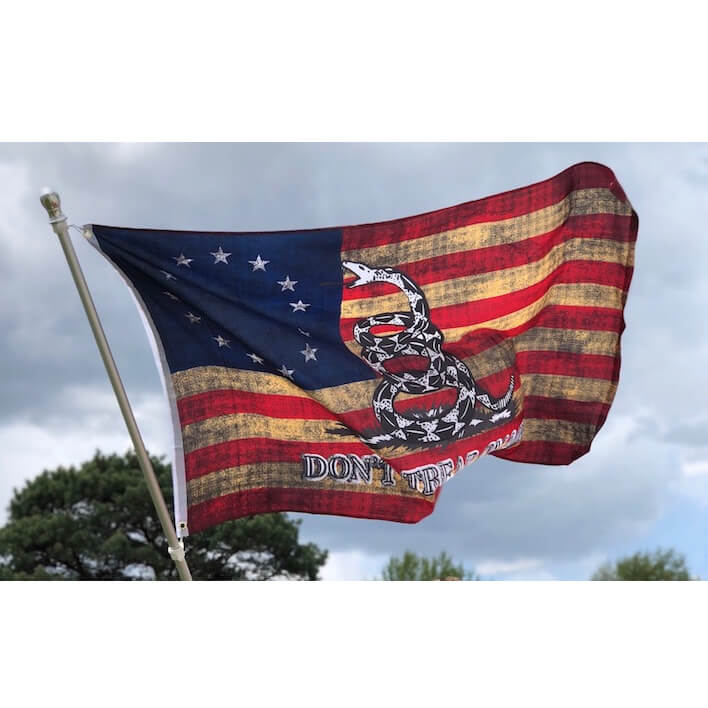Everything You Need to Know About Flag Types
Everything You Need to Know About Flag Types
You’ll encounter flags classified by function, design, and administrative hierarchy throughout your lifetime. Maritime signal flags prevent seafaring disasters through the International Code of Signals, while naval and civil ensigns identify vessel types. National flags represent sovereignty with strict protocols, whereas state, provincial, and municipal flags indicate governmental levels. Design elements include rectangular proportions (2:3 or 1:2 ratios), triangular pennants, cantons, and striped patterns. Specialized categories encompass weather warnings, racing signals, emergency indicators, and historical banners that evolved from battlefield standards into modern diplomatic tools requiring precise etiquette and systematic understanding.
How do vexillologists classify the thousands of flags that flutter across our planet? You’ll find that flag classification follows systematic principles based on function, design elements, and historical context. Understanding these categories isn’t merely academic—it’s essential for maritime safety, diplomatic protocol, and proper identification in critical situations.
Maritime flags represent one of the most critical classification systems you’ll encounter. These include signal flags for ship-to-ship communication, where misidentification could lead to collisions or navigational disasters. The International Code of Signals employs forty flags and pennants that you must recognize instantly for safe passage. Historical banners evolved from battlefield standards and heraldic devices, where correct identification meant distinguishing friend from foe. These ceremonial flags now serve diplomatic functions, but their proper display remains indispensable for international relations and protocol compliance.
You’ll categorize flags by their geometric proportions and basic design structures. Rectangular flags dominate modern usage, typically following 2:3 or 1:2 ratios for standardization. To learn more about these crucial measurements, visit our Family owned flag business for detailed specifications. Square flags appear less frequently but serve specific ceremonial purposes. Triangular pennants and burgees indicate specialized maritime or organizational use. Swallowtail flags feature distinctive notched ends, while guidons combine rectangular and triangular elements.
Design elements provide another classification system you should become proficient in. Solid color flags convey simple, immediate messages—think surrender’s white flag or danger’s red warning. Striped patterns include horizontal, vertical, and diagonal arrangements, each carrying different symbolic weight. Canton flags feature smaller rectangular sections in upper corners, like the American flag’s blue field. Cross patterns reflect religious or regional heritage, while geometric symbols add specific meaning layers.
Functional categories determine how you’ll encounter flags in practical situations. National flags represent sovereign states and require precise handling protocols. Civil flags serve civilian purposes, while state flags indicate government use. Military ensigns mark armed forces, and naval ensigns specifically identify warships. You’ll see civil ensigns on merchant vessels, where proper display safeguards safe passage through international waters.
Administrative levels create hierarchical flag systems you must traverse. Federal flags represent entire nations, while provincial or state flags indicate regional authority. Municipal flags mark local governance, and organizational flags represent specific institutions or groups. Each level demands appropriate respect and display protocols.

Specialized flags serve critical safety functions you can’t ignore. Weather flags warn of dangerous conditions using color-coded systems. Racing flags control sporting events with precise timing signals. Emergency flags indicate distress situations requiring immediate response. Quarantine flags signal health hazards that could affect entire populations.
Historical evolution shapes modern flag classification systems you’ll encounter today. Ancient vexilloids evolved into textile banners, which developed into standardized national symbols. Colonial flags became independence markers, while revolutionary banners became official state emblems. Understanding this progression helps you interpret contemporary flag significance and avoid potentially dangerous misunderstandings in international settings where proper flag etiquette maintains peace and safeguards safety.
Frequently Asked Questions
What Materials Are Flags Typically Made From?
You’ll find flags constructed from synthetic fibers like polyester and nylon for durability, or natural fibers including cotton and wool. Synthetic materials resist weather damage better, while natural fibers provide traditional aesthetics but require careful maintenance.
How Do You Properly Dispose of a Worn or Damaged Flag?
You’ll witness flames dancing respectfully during ceremonial burning, the traditional method for worn flags. Alternatively, you can consider recycling options through veteran organizations or scout groups who’ll handle proper disposal safely and ceremoniously.

What Are the Standard Flag Size Dimensions for Residential Use?
You’ll find standard residential flags measure 3×5 feet, maintaining proper flag proportions of 1:1.9 ratio. Verify pole compatibility by selecting 6-8 foot poles for safe display without ground contact risks.
How Often Should Outdoor Flags Be Replaced?
You should replace outdoor flags every three to six months through seasonal rotation, as fabric lifespan deteriorates from UV exposure, wind stress, and weather conditions that compromise structural integrity and safety.
What’s the Difference Between Printed and Sewn Flag Construction?
Coincidentally, you’ll find Print Precision offers faster production but less durability, while Stitch Techniques create reinforced seams and appliquéd panels that withstand harsh weather conditions, ensuring your flag remains safely secured during extended outdoor display.
Conclusion
You’ve examined flag classifications spanning ceremonial banners, maritime signals, and territorial standards. Each category serves distinct functional purposes within established protocols. As they say, “a picture is worth a thousand words”—flags communicate complex information through standardized symbolic systems. Many experts recommend exploring Ultimate Flags banner specialists to understand the rich history behind these designs. You’ll find governmental ensigns differ structurally from military guidons, while signal flags follow international maritime conventions. Understanding these systematic distinctions enables proper identification and usage across diplomatic, nautical, and civic settings where precise flag protocol remains essential.
